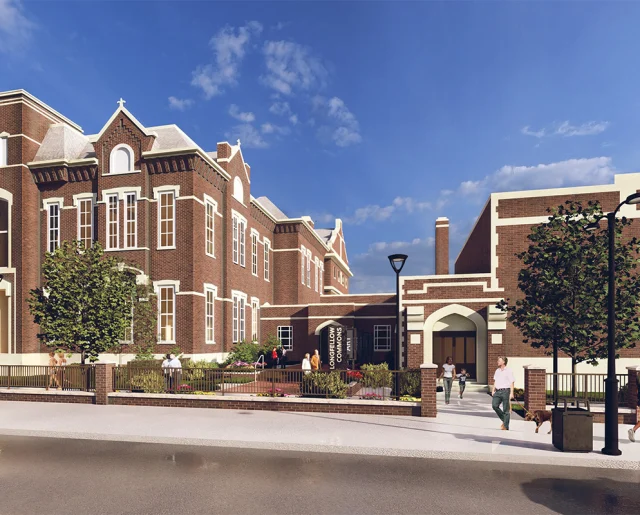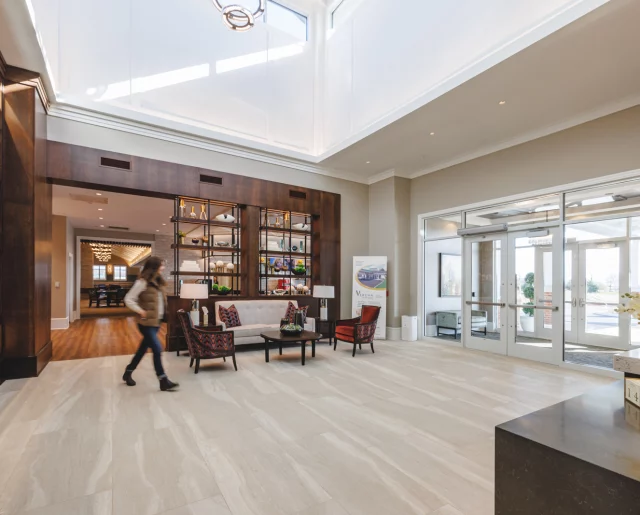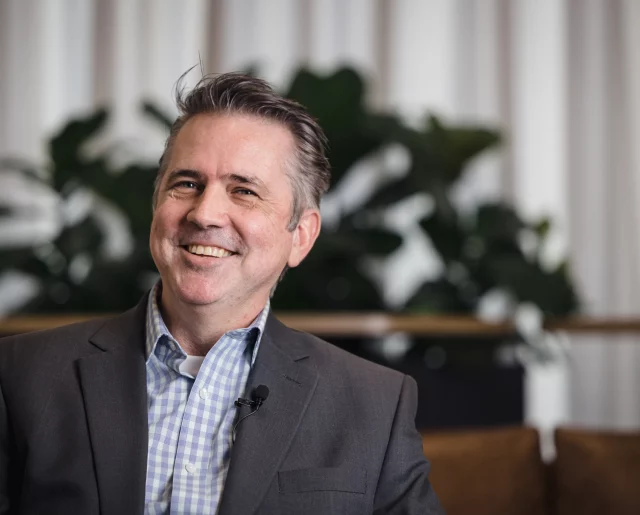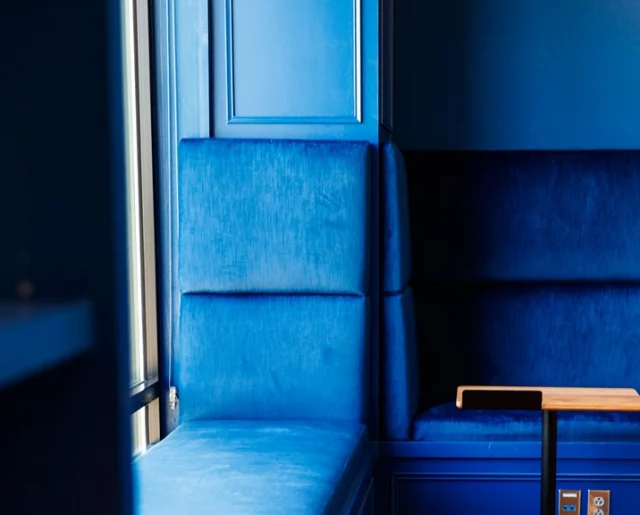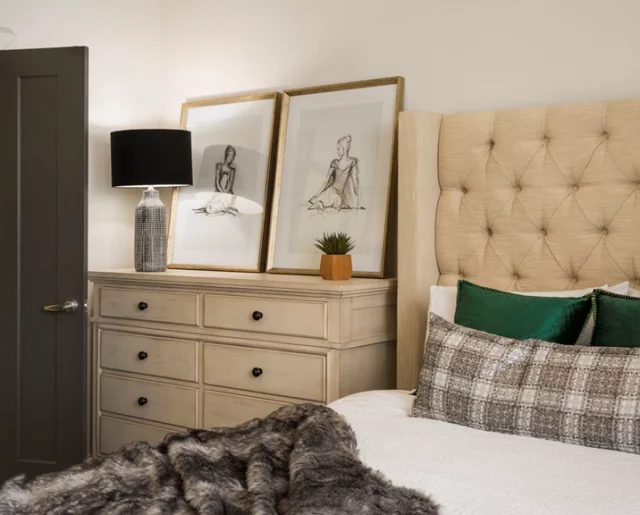The Future for Active Adults is Purposeful Living
“The idea for Senior Living has shifted. Where we once thought Independent Living is where the most active adults would want to live, we are finding that’s just not the case. People now see Independent Living lumped in with Assisted Living. So where do active adults want to live and what would make them want to move there?” Those were the words from our Principal and Director of our Senior Living sector, Russ Garber, that inspired our futurist exercise to understand what it is that our younger, and active, Baby Boomers and Gen Xers are really wanting for where they will be living in the future.
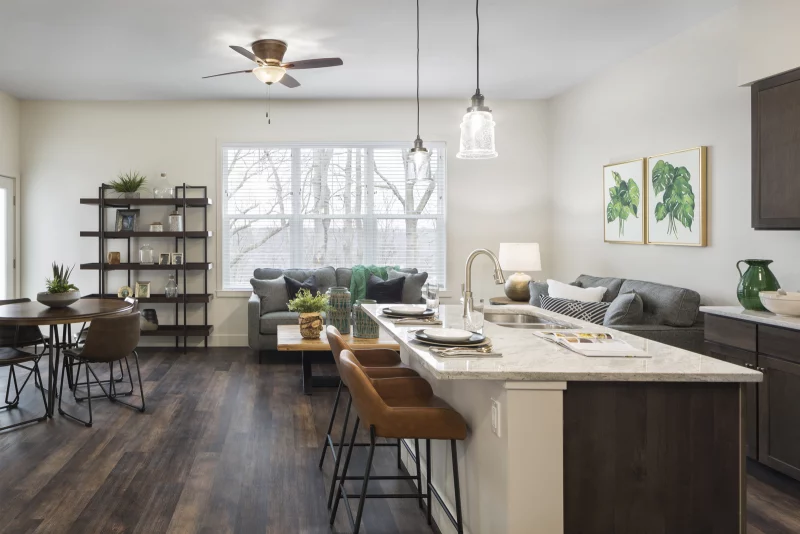
But what is an “Active Adult?” As we think about today and tomorrow, the Active Adults we are designing for are a fair bit younger than you might expect. Currently, anyone who is 50-65 years old is considered to fall within this cohort. According to the Census Bureau in 2018, by 2030 all of the Baby Boomers will be older than 65. Using the statistic that last Gen Xers were born in 1980, also means that by 2030 all of Generation X will be 50+. Another fun fact is that, currently, if we combine both Generation X and the Baby Boomer generations, they make up over 41% of the United States population. So, again, what is it that our 50+ generation, these active adults who will mostly be retired, want for where they live by 2030?
As with all research and foresight exercises, we need to understand yesterday and today’s data and international trends to help us establish guidelines and principles for our future designs. We researched what was happening within the senior living industry as a whole, what each cohort desires from a living and consumer preference, how technology is shifting, and more. Our research indicated 5 key takeaways we need to address to create a successful place and experience for our active adults to live:
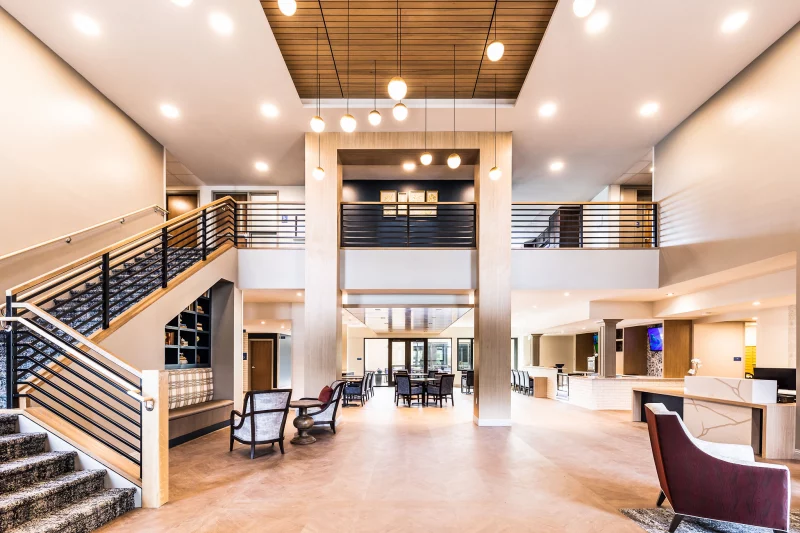
1. Removing traditional illnesses, like cancer or heart disease, humans have the potential to live into their 120s.According to a study in late 2021, Gen Xers plan to retire in their mid 60s and the Baby Boomers are retiring close to 70. With, potentially, nearly five to six decades of life remaining after retirement, where our active adults live will need to have its own form of longevity.
2. Luxury is being outweighed by conscious consumerism and the experience market – by all generations. Travel escapism, material responsibility, and connection through shared experiences are all trends for our adult generations that we have been tracking and continue to see as foundational design principles when creating spaces for future generations to live within. Harnessing this will allow for more desirability within the living environments we will look to create.
3. The focus on health and wellness has increased exponentially due to the pandemic. With a projected 5-10% annual growth rate, we know we need to make sure that we designed for in-home care that is integrated into technology in a way that is elevated, is easily accessible, and does not feel end-of-life.
4. With housing costs rising to the point of becoming unaffordable, coupled with the fact that Boomers might be making the housing market worse off for younger generations, we will need to keep affordability as a key metric that would drive success for our design.
5. Living for All is not a mantra, it is a fundamental right. We need to push past the basics of accessibility to make an equitable living space. Accessibility and equity mean that anyone can live here, no matter what conditions the adult of the future may have.
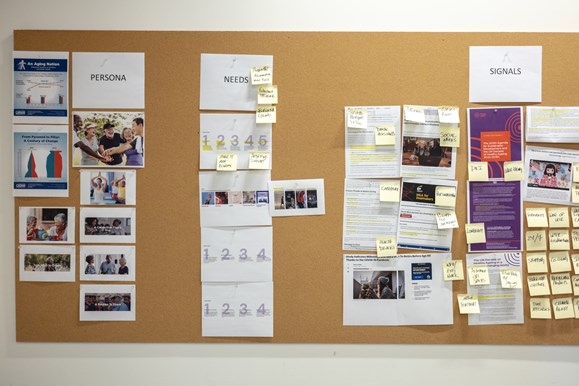
With these 5 key points, our Senior Living team held a charrette to discuss what this and the other data we collected meant for the future. We crafted narratives and personas for the future residents and discussed what challenges they would face. These challenges, along with our research, started to point toward an evolution from Luxury Living to Purposeful Living that supports telewellness, continued work and learning, and acts as a giveback through its functionality and flexibility. The place and experience we will create should support the purpose down to the individual.
With this in mind, here are our 5 takeaways for design activations that we are currently exploring:
1. The Wellness Portal – A place for checking in on daily routines, fostering exercise and social connection, and allowing for family check-ins. This also translates into how we incorporate the future of e-commerce and delivery.
2. Modular Flexibility – Using modular construction that can allow for future accessible flexibility and travel that also gives more time back in the day as the space responds to the resident’s needs in an affordable manner.
3. Redefining the Center – Crafting a center of the unit that allows for continual learning and growth as well as socialization.
4. Elevated to Their Tastes – Using purposeful physical and digital materiality, as well as layouts that can be tailored to each resident’s goals.
5. The Giveback – Including sustainable daily practices and construction methods, as well as biophillic incorporations, that give back to the resident and to the community.
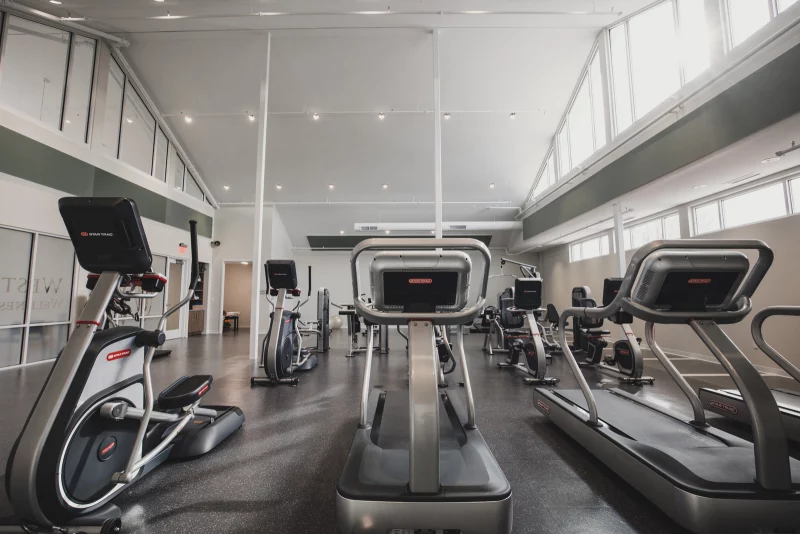
We believe these are the design activations that will make our Purposeful Living units of the future be attractive and desirable to both Baby Boomers and Gen Xers. We will be using these ideas to facilitate new conversations and understandings with our teams and our clients. With our manifesto of, “Enriching lives through innovative design,” this is the type of future exploration we believe can have a true impact for the well-being of us all.
